Category: Plants and Trees
-
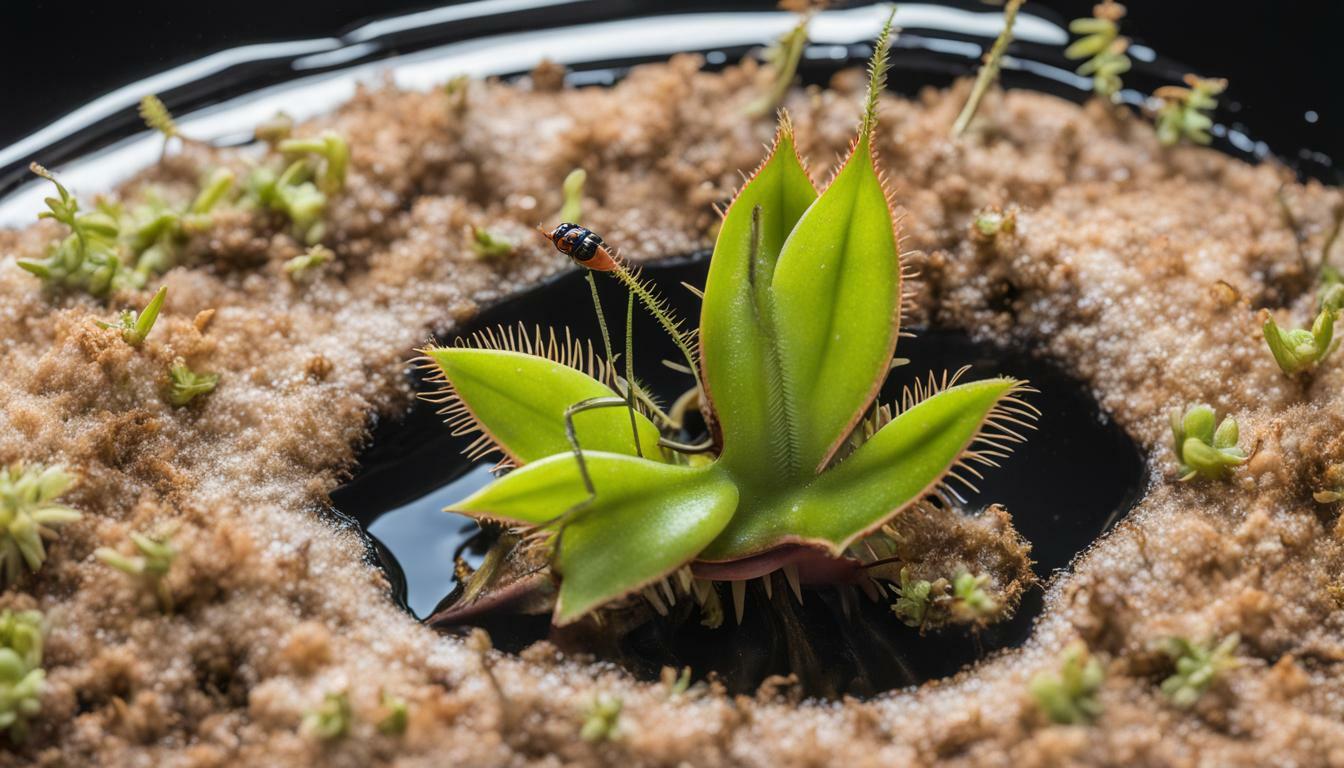
Why Did My Venus Flytrap Turn Black After Eating?
If you’re a proud owner of a Venus flytrap, you might have experienced the sudden blackening of its leaves or traps after it fed on its prey. This can be concerning, as it may indicate a problem with your plant’s health. But why does this happen and what can you do to prevent it? In
-
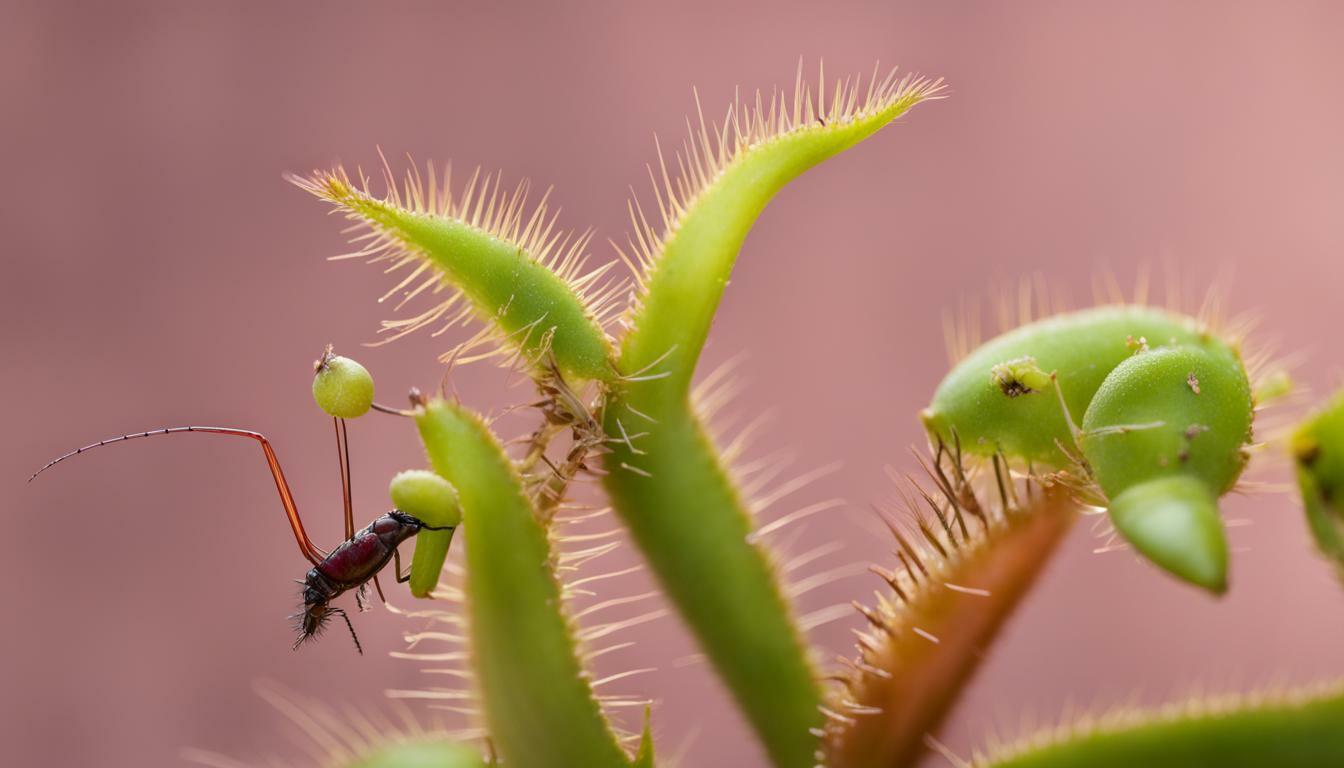
How long does it take for a Venus flytrap to eat a fly?
Venus flytraps are fascinating plants known for their carnivorous feeding habits. One of the most common questions people have is how long it takes for a Venus flytrap to eat a fly. Understanding the timeline and process of fly consumption by Venus flytraps can provide fascinating insights into this unique plant’s behavior. Let’s explore the
-
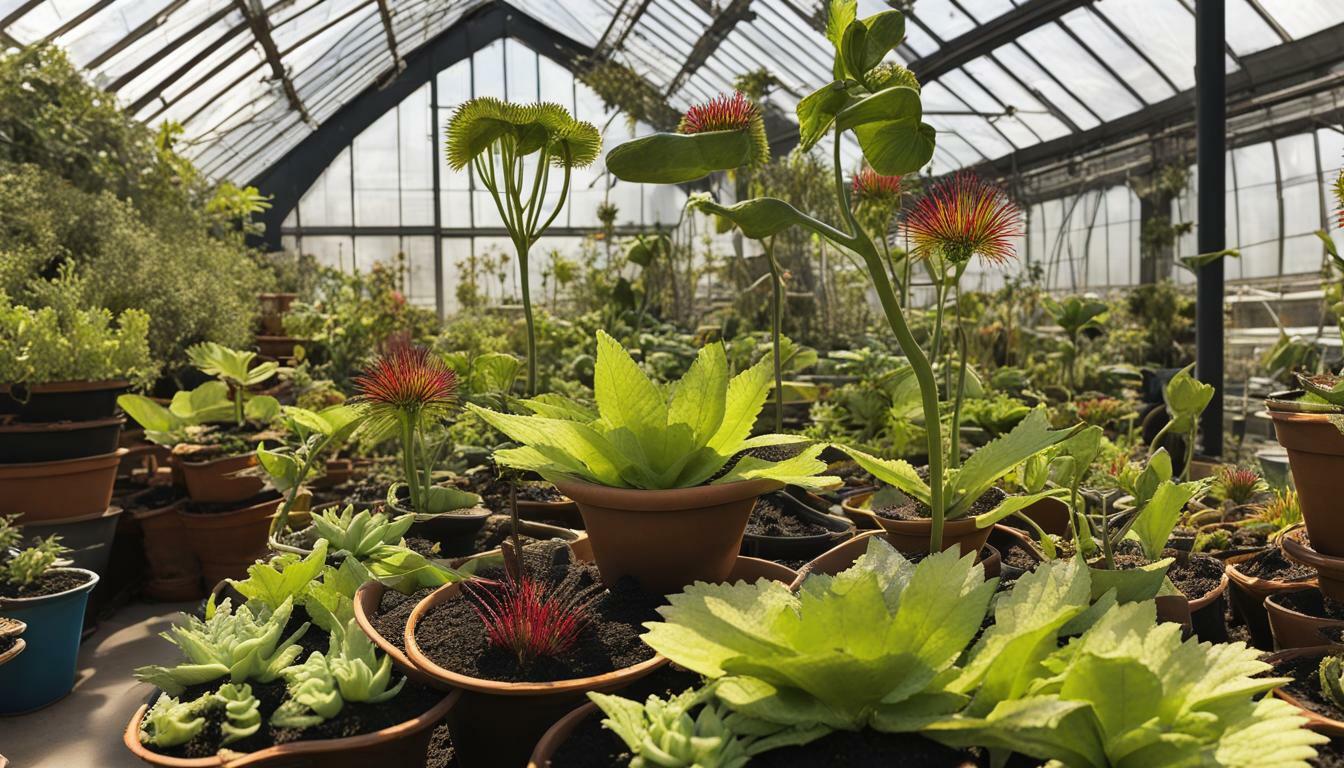
Why is my Venus flytrap turning black?
As a Venus flytrap owner, seeing black leaves and traps can be alarming. It’s natural to wonder what could be causing this and if there is anything you can do to prevent it. The good news is that there are several possible explanations, and many of them can be addressed with proper care and attention.
-
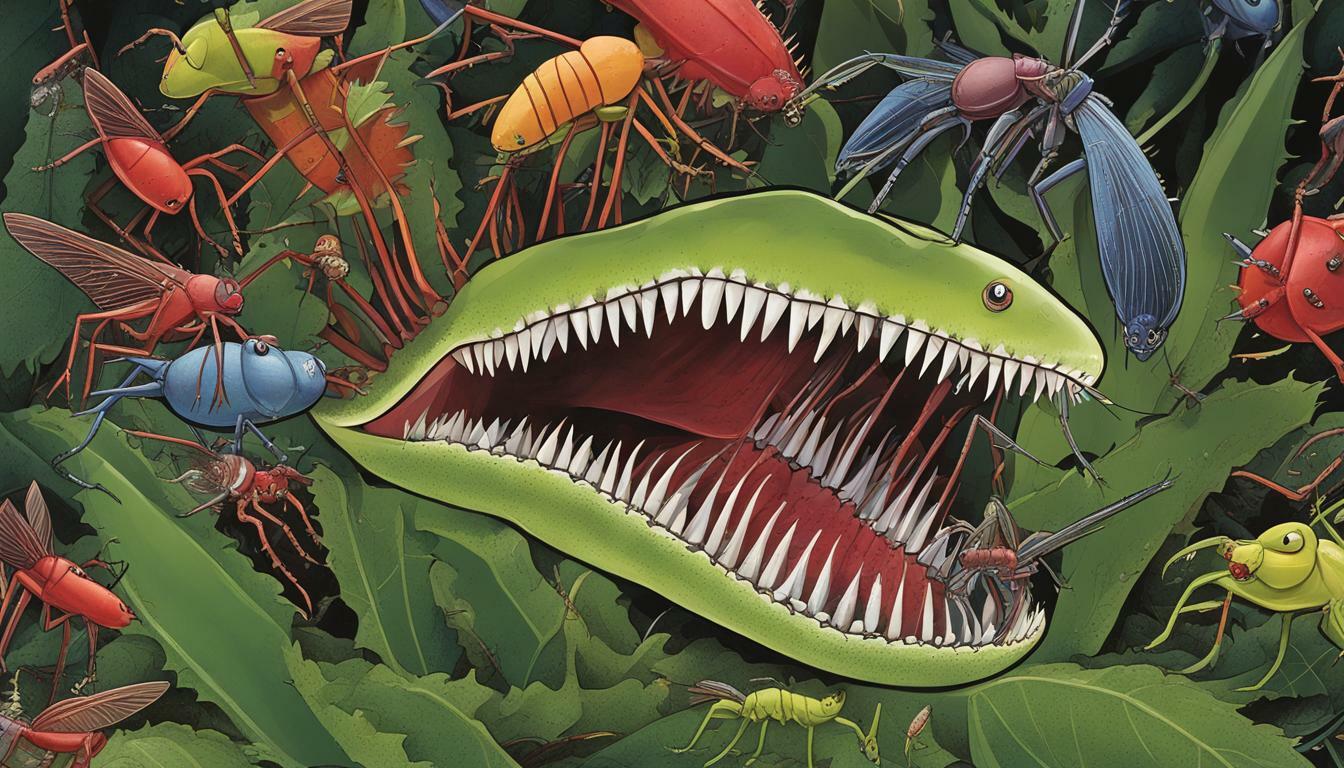
Do Venus Flytraps Just Eat Flies?
Venus flytraps are fascinating carnivorous plants renowned for their ability to capture insects with their modified leaves. When most people think of Venus flytraps, they imagine them trapping and consuming flies, but do they exclusively eat flies? In this section, we will explore the diet of Venus flytraps, the sources from which they obtain nutrients,
-
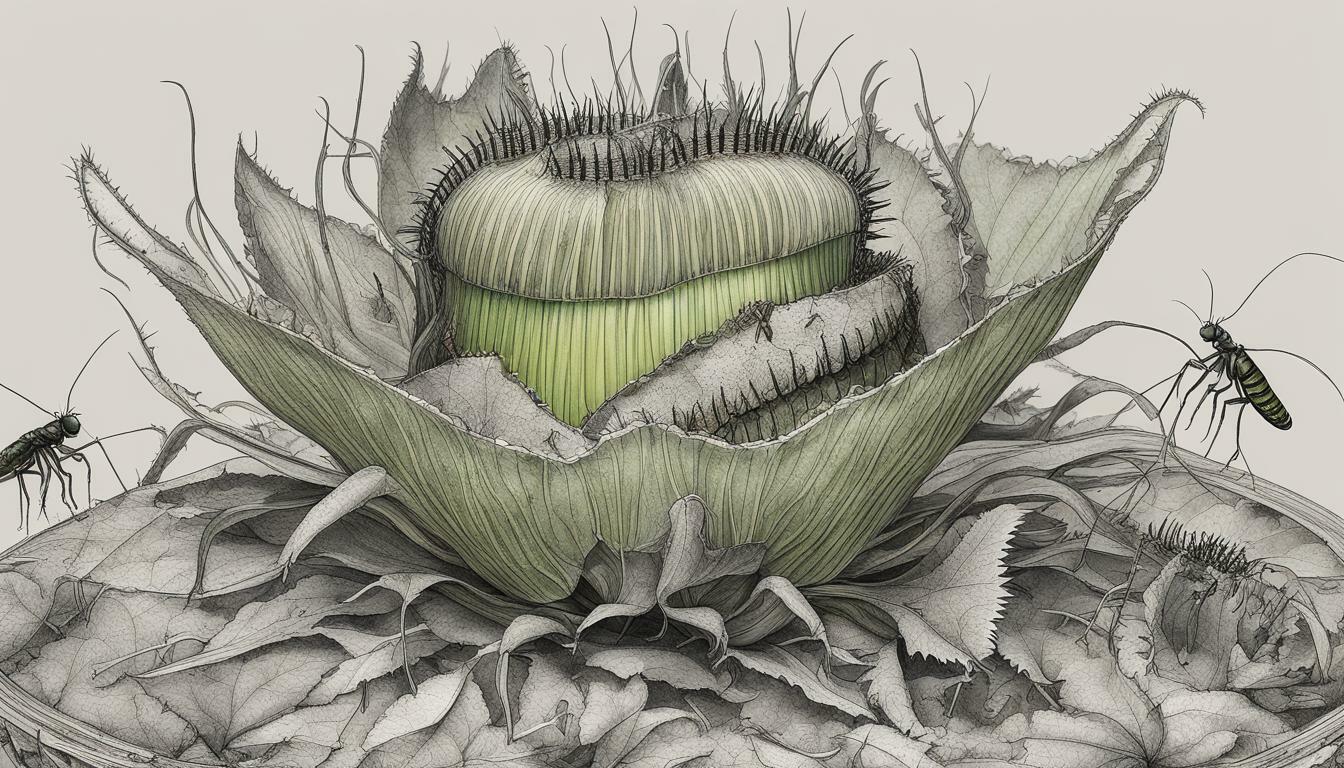
Can Venus Flytraps Have Dead Bugs? Like Dead Flies
If you have a Venus flytrap, you may have wondered if it can survive on a diet of dead bugs. Specifically, can it consume dead flies? It’s a reasonable question, and one that we’ll answer in this article. Understanding the dietary needs and behavior of Venus flytraps is essential to understand their feeding habits. Key
-
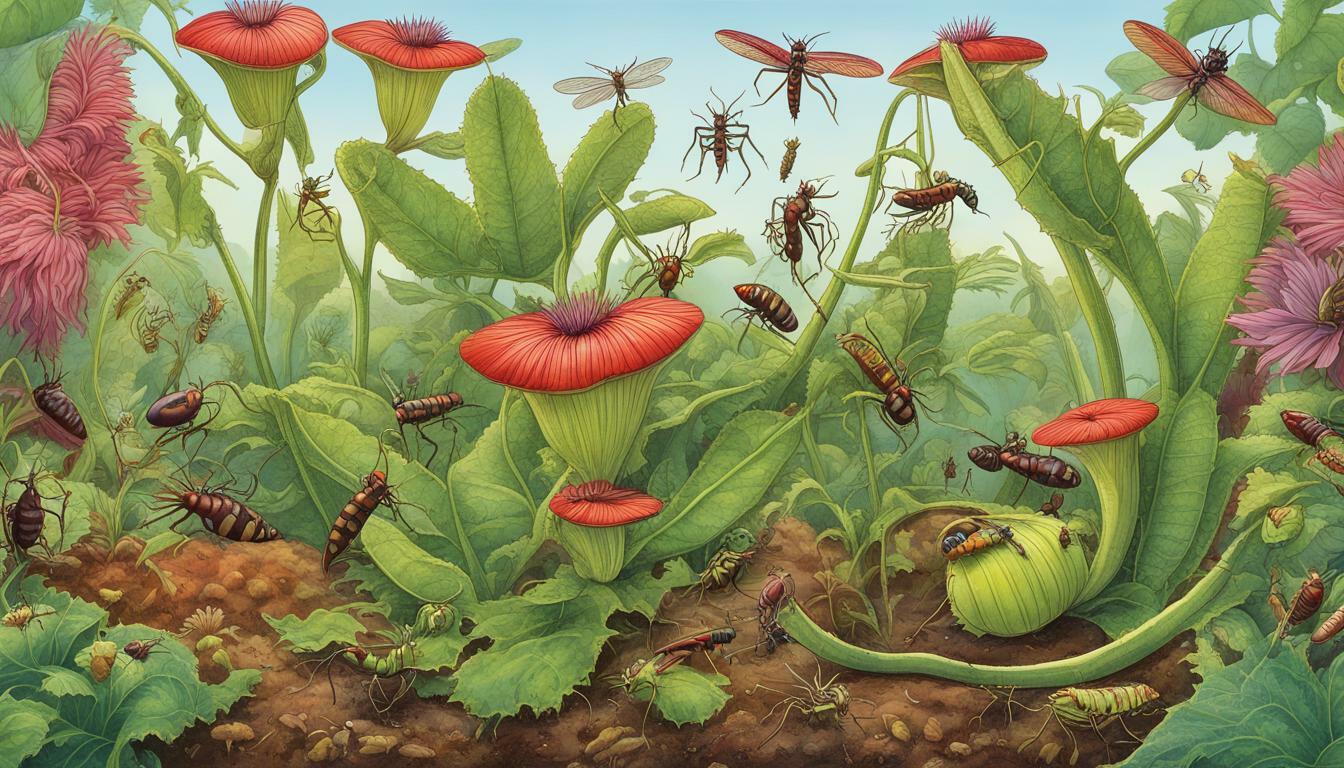
How often do Venus flytraps need to eat?
If you’re the proud owner of a Venus flytrap, you may be wondering how often you should feed it. These carnivorous plants are fascinating to watch, but they have unique dietary needs that must be met for their health and survival. In this section, we’ll explore the feeding habits and requirements of Venus flytraps, including
